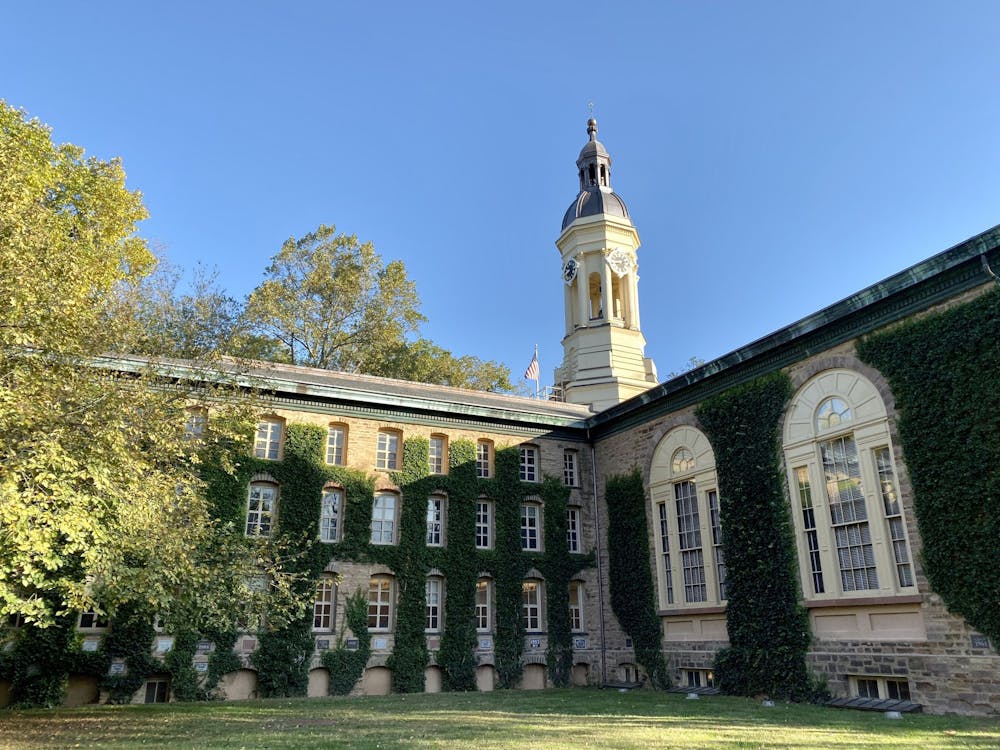In 2016, American Sign Language was the third most studied language in American postsecondary schools. That same year, The Daily Princetonian’s Editorial Board released this piece urging Princeton to allow ASL to satisfy the University’s language requirement. Four years later, Princeton has not budged. ASL still does not satisfy the University’s foreign language requirement.
Professor Noah Buchholz, who teaches ASL I-IV at the University, graciously agreed to provide some insight into Princeton’s ASL program. According to Professor Buchholz, Princeton’s Program in Linguistics “would like to expand the ASL program so that ASL courses will be able to count towards the university language requirement.” This change must be made as soon as possible.
By failing to allow ASL to satisfy its language requirement, Princeton is inadvertently making a statement about the language’s worth and relevance, as well as the worth and relevance of the people who speak it. Regardless of the University’s justifications for this policy, it is unacceptable. Princeton’s actions imply that ASL is not a “real language,” or at least not a language that would adequately benefit their students.
This policy reflects broader misinformation about and discrimination against Deaf individuals. As Professor Buchholz explains, “Deaf people also experience discrimination on a daily basis because many people have faulty assumptions about Deaf people, thinking that the inability to hear correlates to a corresponding lack of intelligence and that sign language is not as capable of expressing abstract ideas as spoken/written language.”
Contrary to what Princeton’s policy might suggest, ASL is “a complete, natural language that has the same linguistic properties as spoken languages, with grammar that differs from English.” Its depth and complexity cannot be overstated. The language has regional variations and slang, just like spoken languages. Individuals whose first language is ASL embed features of the language in their English writing, just like any learners of a new language.
ASL is also intimately tied to inclusion. According to Professor Buchholz, “the Deaf community is one of the most marginalized groups in the world. A high percent of Deaf people have what is called ‘language deprivation syndrome.’ They grew up with virtually no access to language … As a result of growing up without any access to language, many Deaf people develop cognitive disabilities.”
Fortunately, Professor Buchholz is confident that “[a]ll of this can be easily avoided if people are educated about sign language and Deaf culture.” On Princeton’s campus, he believes that the increased interaction between Deaf and hearing students enabled by ASL “will help students learn what it means to be truly inclusive and become more aware of ableist issues.” Princeton’s failure to allow ASL to satisfy its language requirement raises questions about the legitimacy of the University’s commitment to inclusivity.
Some readers might feel as though I am being too harsh on Princeton. It has, after all, made considerable effort to grow its ASL program since it first offered the language as a credit-bearing course in 2017. Since Princeton’s ASL program is so new, one might reason, it is not surprising that the University has not yet adjusted its language requirement in favor of ASL. However, as Princeton’s peer institutions show, time is no excuse for not allowing ASL to satisfy the language requirement.

Take Harvard, for example: the university had not offered for-credit ASL classes for over 20 years when it revived its ASL program in 2016. Since then, its program has expanded dramatically. Harvard now offers six levels of ASL, and its students can earn a foreign language citation, comparable to a minor, in the language. Yale, meanwhile, began offering for-credit ASL courses in spring 2017. ASL already fulfills Yale’s foreign language requirement. In fact, as of September 2019, ASL satisfies the foreign language requirement at 197 Universities.
It is past time for Princeton to allow ASL to satisfy its language requirement. The University must act now to change its policy towards ASL. Additionally, Princeton should offer a certificate (and eventually a concentration) in the language.
According to Professor Buchholz, “Princeton students’ attitude towards ASL has been incredible.” Student demand for ASL courses consistently exceeds what the University offers, and Princeton’s ASL classes have notoriously long waitlists.
Princeton’s approach towards ASL should be as incredible as its students’ enthusiasm for the language.

Genrietta Churbanova is a first-year from Little Rock, Ark. She can be reached at geaac@princeton.edu.








